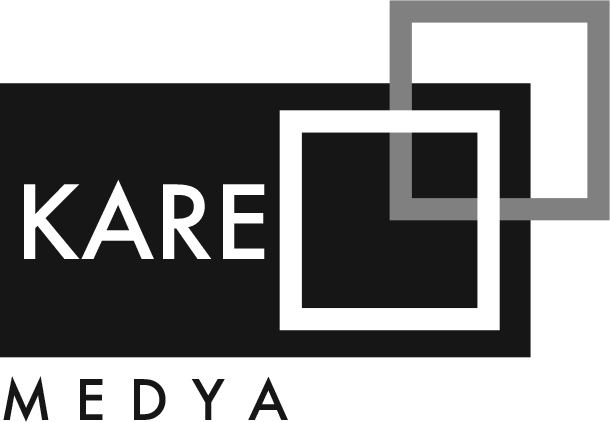
Journal of Education and Research in Nursing
Volume: 6 Issue: 2 - December 2009
| MISCELLANEOUS | |
| 1. | Editörün Kaleminden Emine Türkmen Pages 1 - 2 Abstract | |
| REVIEW | |
| 2. | Nursing and Innovation Elizabeth Anne Herdman Pages 2 - 4 For decades there have been calls for nurses to be more innovative in order to address the challenges of scarce resources, continuous change, expanding knowledge and global workforce shortages. Innovation in practice requires innovation in education. This paper provides examples of nursing innovation that reveal the importance of dialogue between nurse educators and nurse clinicians. They involve people who were prepared to explore new ways of thinking about nursing education and practice. Nurse managers can facilitate innovation by providing an environment in which creativity is valued and encouraged. |
| 3. | Complementary and Alternative Therapy in Nursing Practice and Education Serpil Akkuş Topçu Pages 5 - 9 It is known that complementary and alternative medicine has existed for centuries and they have been preferred as a method of treatment by patients worldwide and also in Turkey presently. Therefore, methods of complementary and alternative medicine should be taken into consideration by healthcare professionals. Nurses who adopt a holistic approach in patient care should have the knowledge of its effects, and reliability of complementary and alternative treatments. This article indicates how frequently complementary and alternative treatments are used, their benefits and drawbacks, and their place in nursing education. |
| TRANSLATION | |
| 4. | Management of Constipation in Older Adults Özlem Yazıcı Korkmaz Pages 10 - 15 Abstract | |
| RESEARCH ARTICLE | |
| 5. | Factors Affecting Burnout Levels Among Nurse Managers Serap Altuntaş, Şeyda Seren, Ülkü Baykal Pages 16 - 21 OBJECTIVE: Changes in the working conditions of nurses in health care organizations and nursing shortage have been increasing the rates of burnout among nurses day by day. This study performed to investigate the factors affecting burnout levels among nurse managers. METHODS: The descriptive study included a total of 219 nurse managers working in 17 hospitals with 100 beds or over in Istanbul. Data were collected with a questionnaire composed of five questions about personal and professional characteristics of nurse managers and “Maslach Burnout Inventory”. Approval was obtained from the ethical committee and written informed consent was obtained from the hospital administrations. Obtained data were evaluated with a statistical package program and percentages, ANOVA and Tukey HSD. RESULTS: The results showed that nurse managers had low levels of emotional exhaustion and depersonalization and high levels of lack of personal accomplishment. Workplace and administrative experience had an impact on emotional exhaustion. Work experience, administrative experience, age and workplace had an influence on depersonalization, and administrative experience had an influence on the feeling of lack of personal accomplishment. However, education was not found to affect burnout levels among nurse managers. CONCLUSION: Qualitative studies should be conducted to investigate factors causing burnout among nurse administrators with severe burnout, attempts to eliminate those factors should be made and top administrators should determine strategies to decrease and avoid burnout among nurses. |
| REVIEW | |
| 6. | Prevention of Nosocomial Infections in Our Hands Suzan Yıldız, Seda Çağlar Pages 22 - 28 Handwashing is the most effective and inexpensive method of preventing nosocomial infections. However, it has been determined that health care workers do not adequately comply with this effective, simple method, and only wash their hands haphazardly and when they are obviously soiled. This article includes handwashing types, techniques, duration and products that are used for handwashing. |
| 7. | Pain Management in Labor: Nonpharmacologic Methods Ayla Berkiten Ergin, Nuran Kömürcü Pages 29 - 35 Birth is a special experience for women and their families. Pain experienced during labor differs from other types of the pain in that it cannot be controlled and can be extremely difficult. The level of pain during labor is affected by many factors including the duration of labor, the amount of epidural analgesics or anesthesia used and their effectiveness, the use of oxytocin or misoprostol, amniotomy, size of the fetus and the structure of the pelvis. In addition to these factors, pain during labor is affected by individualistic, physiological, psychological and sociological factors. Both pharmacologic and nonpharmacologic methods were developed to reduce the pain of childbirth. The most often used nonpharmacological methods are massage, therapeutic touching, hot and cold applications, hydrotherapy, attention focusing, breathing techniques, hypnosis, music therapy, transcutaneous electrical nerve stimulation, etc. In this article, some of the nonpharmacologic methods are discussed and their importance is highlighted in terms of nursing/midwifery. |
| RESEARCH ARTICLE | |
| 8. | Evaluation of Psychodrama Courses by Students Sevim Ulupınar Alıcı Pages 36 - 40 OBJECTIVE: In this qualitative research, the thoughts and feelings of students towards the place of psychodrama courses in nursing education and the effects of psychodrama courses on their personal development were studied. METHODS: The study was carried out in Fall Semestre of 2007. The sample consisted of 12 postgraduate students who enrolled in the elective Psychodrama course. After course (12 week) the students responded to two open-ended questions. RESULTS: The students self reported their skills in expressing their feelings, self-knowledge, empathizing and creativity improved. All participants suggested this course for undergraduate programs. CONCLUSION: As a result, psychodrama can be beneficial for achieving nursing education goals. |
| CASE REPORT | |
| 9. | 12 Derivation ECG Interpretation Kader Tekkaş Pages 41 - 43 Abstract | |
Copyright © 2025 Journal of Education and Research in Nursing

Kare Publishing is a subsidiary of Kare Media.

